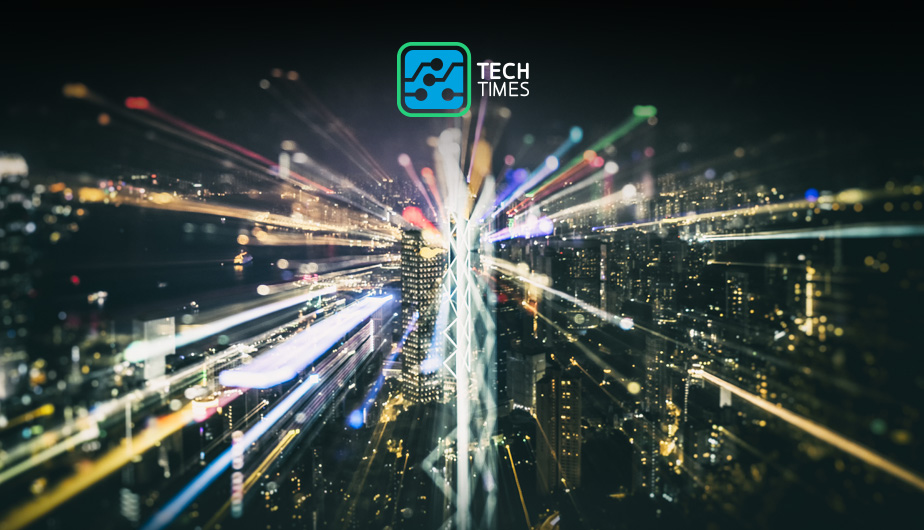
If we look back to how the world was just a decade ago, it’s pretty amazing how many changes have occurred. Between the rollout of artificial intelligence engines, like IBM’s infamous Watson, the widespread adoption of intuitive speakers, like the Amazon Echo or Google Home, and a growing love for virtual reality technology, life as we’ve known it has changed tremendously. And all trends indicate that ten years from now, the world will also be much different. Here’s what we think the smart world of tomorrow will look like.
Smarter Homes
One area where AI will continue to make a significant impact is in the home. Not only will there be more and more connected devices, but robots will take on a much bigger role in our personal lives. For instance, imagine having a workout buddy available on-demand to help you keep up with your fitness goals. These increasingly intelligent systems will be capable of learning exactly what we like over time, enabling them to transform into our ideal companions. Appliances and other equipment will be able to intuitively determine the onset of problems and automatically schedule repairs.
Smarter Workplaces
Along with more intelligent equipment and connected devices, the workplace will likely begin to shift toward a much more virtual environment. We may see meetings attended by digital avatars rather than the humans they represent. And, of course, more headway will be made in the way of workplace automation, with robots becoming a more integral part of businesses of all industries. Plus, with the proliferation of driverless vehicles, people will be able to work during their commutes, saving time so they can enjoy greater work-life balance.
Smarter Vehicles
As mentioned, a decade from now will bring us much closer to a world where autonomous cars and electric-powered vehicles are the norm. There have already been more than 300K pre-orders of Tesla’s Model 3 and another 25K orders of Jaguar’s iPace model. Other car brands will follow suit, ramping up production over the next several years.
Trends also indicate that wireless charging will become a critical component of vehicle production. So, not only will these cars be able to drive us to work, but also drive themselves back to a station to recharge. More and more vehicle purchases will be done virtually, using VR technology to “test drive” and compare options. Of course, with the ongoing option for ride-sharing services, like Lyft and Uber, many will opt not to own a vehicle at all.
Smarter Cities
An increasing number of smart cameras, many of which will include facial recognition as a feature, will make our living environments much safer. Furthermore, the ability for city agencies and officials to monitor our behaviors, interests and preferences will help in customizing future growth and investment opportunities for the cities themselves.
These systems will also help cities to better manage things like traffic, utilities, law enforcement and repair needs. Of course, with such high level monitoring, the concern over increasing lack of privacy will grow, but it appears the changes will come regardless.
In conclusion, the world around us is changing at an incredibly rapid pace. In just a few short years, our homes, offices, vehicles and cities will have evolved to become much more intelligent and intuitive than we ever imagined and this is probably only the tip of the iceberg. One thing’s for certain, 2028 will be a very different place than what we’re used to today.